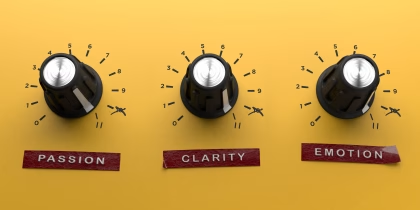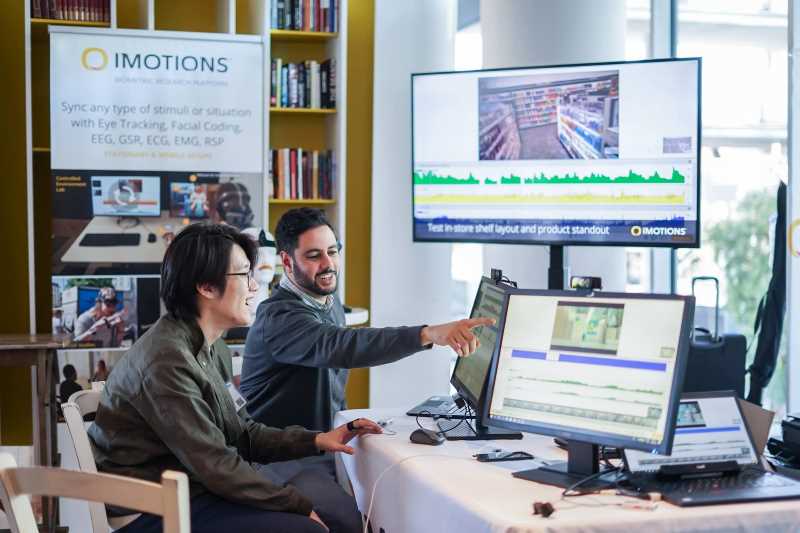Abstract: Emotional experiences have aroused HCI researchers’ interest once these types of experience involve many parts of our body, such as muscles, body postures, and psychophysiological measures. Hedonic experiences give us pleasure and good emotions, and this paper focuses on it. Some psychophysiological measures have already been correlated with both valence and arousal, the main dimensions of emotion. However, a consensus has not been reached on which psychophysiological measure better represents the emotion’s dimensions. In this paper, three combined non-invasive psychophysiological measures were used to verify which of them represents the emotion’s dimensions. Besides that, an approach to studying the tendency of user’s emotion is presented, assisting HCI researchers in HCI experiments. An experiment was conducted using quantitative and qualitative data analysis, and the results show important correlations that were used in the proposed approach.
Related Posts
-

Why Dial Testing Alone Isn’t Enough in Media Testing — How to Build on It for Better Results
Consumer Insights
-

The Power of Emotional Engagement: Entertainment Content Testing with Affectiva’s Facial Expression Analysis
Consumer Insights
-

Tracking Emotional Engagement in Audience Measurement is Critical for Industry Success
Consumer Insights
-

How Real-Time Audience Intelligence Is Revolutionizing Modern Advertising
Consumer Insights



